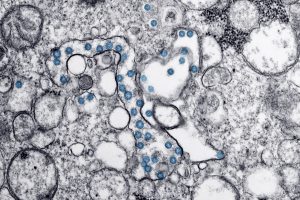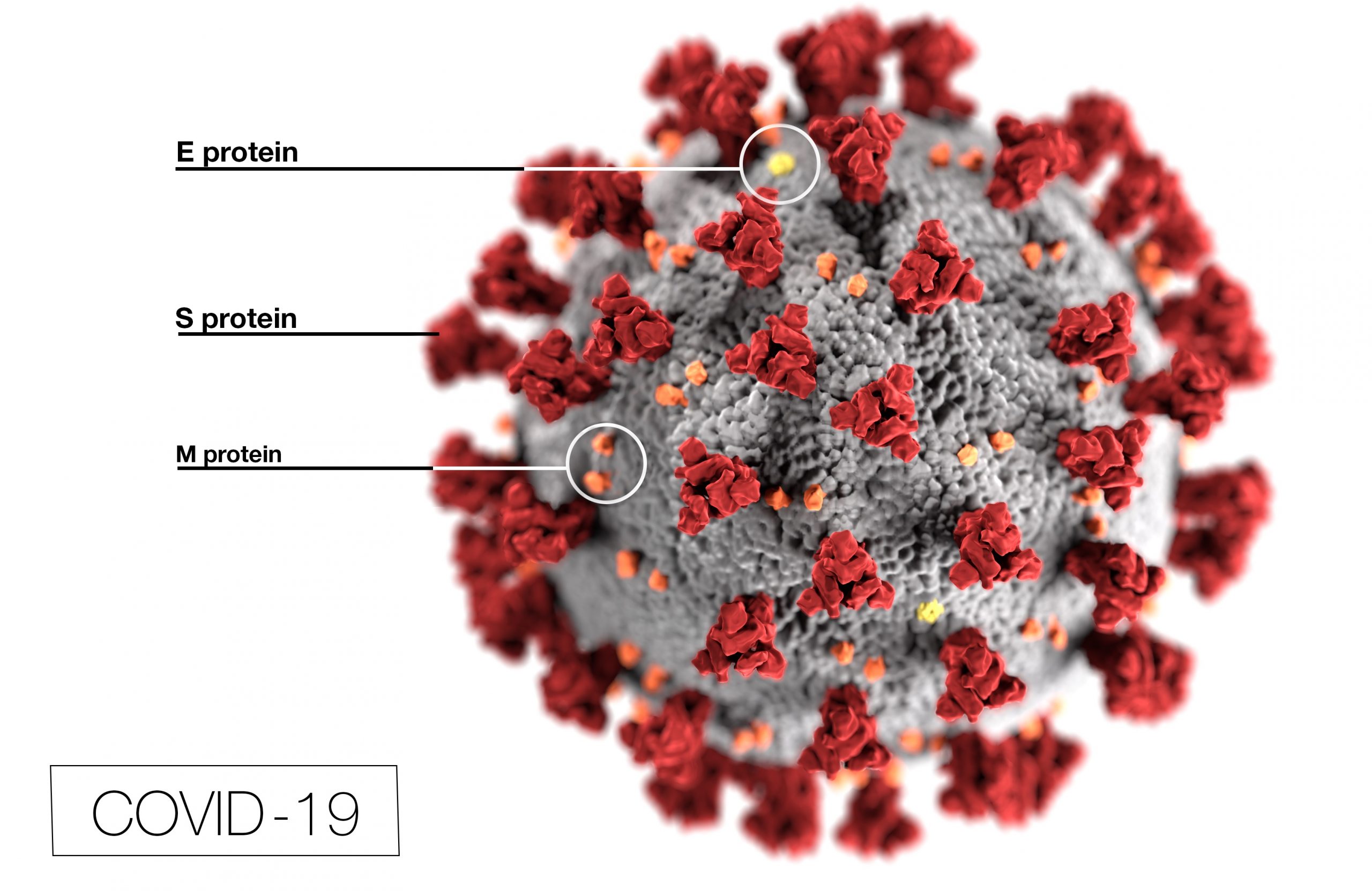Can a Person Be Charged With Criminal Coronavirus Transmission Part 2: Criminal Biological Weapon Use
Last week I looked the question of possibility of charging people with Criminal Coronavirus Transmission under New York State law. The answer was that those charges are unlikely in New York. But the question was focused on people who were acting responsibly or not with not bad intentions. Now there are stories of Coronavirus-related arrests in multiple states and other countries. The question did not address intentional Criminal Biological Weapon Use of Coronavirus.
In 2001, New York quickly enacted criminal terrorism laws following the September 11 attacks, and then amended the laws in 2004. New York’s criminal terrorism laws established severe penalties for the criminal possession or use of possession of biological or chemical weapons. But there’s a flaw in the state’s terrorism laws that renders the alleged use of a Criminal Biological Weapon, such as a virus, unenforceable. That’s because 16 years after the laws were amended and four governors later, the New York State Department of Health hasn’t promulgated the required regulations to designate select biological agents.
Every law school student learns the following phrase in Criminal Law: actus non facit reum nisi mens sit rea (an act does not make anyone guilty unless there is a criminal intent or a guilty mind). In other words, criminal laws are meant to punish a criminal mind, which is why mens rea is an element in criminal offenses. This concept is the bedrock of criminal law. As legal treatise writer Joel Prentis Bishop wrote in the mid 1800s:
There can be no crime large or small, without an evil mind. It is therefore a principle of our legal system, as probably it is of every other, that the essence of an offense is the wrongful intent, without which it cannot exist.
New York, like other jurisdictions, punishes criminal acts where the mens rea is intentionally, recklessly or with criminal negligence. Intentionally means that an act is a person’s conscious objective. Recklessly means and awareness of and consciously disregarding a substantial and unjustifiable risk, which a gross deviation from the standard of conduct that a reasonable person would observe. Criminal negligence is similar to recklessness except failure to perceive the risk constitutes a gross deviation from the standard of care that reasonable person would observe in the situation.
With these different levels of mens rea in mind my earlier conclusions about Criminal Coronavirus Transmission prosecutions under New York State law hold true. But what about where there is evidence that a person did not have good intentions and/or acted irresponsibly?
New York, like other states and the federal government, has a series of laws that apply to terrorism. The laws are rarely used in New York because the punishments under the U.S. code tend to be harsher, such as capital punishment.. New York’s Terrorism laws were enacted in 2001 in response to the September 11 attacks. The law was passed by the legislature and signed by Governor George Pataki on September 17, 2001, as a governor’s program bill, Chapter 300 of the Laws of 2001. The terrorism laws, enacted as Article 490 of the Penal Law in 2001, were missing many of the definitions that exist today. The cornerstone of the 2001 legislation was the enactment of the Crime of Terrorism, which aggravates sentencing for specified offenses.
The state legislature revisited the terrorism laws in 2004 adding many definitions for terms like biological agent, which includes all viruses, and biological weapon, which also includes viruses as Chapter 1 of the Laws of 2004. The 2004 amendments also created three degrees of the two types of Chemical Weapon or Biological Weapon-related crimes, Criminal Use or Criminal Possession of either. Two of the three degrees of each crime use the term “select biological agent.” (The 2004 law also created the state Office of Homeland Security with an Office of Counterterrorism.)

Can a person be charged with Criminal Biological Weapon Use in New York for transmitting Coronavirus?
The 2004 amendments also added the term of “select biological agent,” Penal Law Section 490.05(16). But the term is not defined in the law. Instead, the definition refers to state Public Health Law Section 206(21), which was also added in 2004. Subdivision 21 (it’s not called a subsection or paragraph!) of Section 206, there are actually two subdivision 21s, directs the Commissioner of the New York State Department of Health to promulgate and publish the list of select biologically agents that are identified under federal law. (The 2004 amendment also created the term “select chemical agent” with the same directive to publish the list of such agents.). However, the required state rules or list does not exist. The federal list of select biological agents has included SARS-associated coronavirus, SARS-CoV, since October 5, 2012. Thus, it’s arguable that the federal select biological agent list covers Coronavirus (SARS-CoV-2).
The New York State terrorism crimes relating to biological agents, Criminal Use or Criminal Possession, are meant to punish people who possess such weapons with an intent to cause serious physical injury or death or to intimidate or coerce the public (among other purposes) or use actually use or deploy such a weapon to cause the same effects. The First and Third degrees of Criminal Possession of a Chemical Weapon or Biological Weapon and Criminal Use of a Chemical Weapon or Biological Weapon both use the term select biological agent (and select chemical agent). The second degree crimes of both Criminal Possession and Criminal Use refer to biological weapon, which includes all viruses under Penal Law Section 490.05(5), (9).
Focusing on Second Degree Criminal Use of a Chemical Weapon or Biological Weapon, Penal Law Section 490.50, a person who intentionally infects another with Coronavirus could be charged if the person causes a serious physical injury to another person as a result of the transmission of the virus and the accused intended to intimidate the public. It would be a prosecutor’s burden to prove that a defendant was infected with Coronavirus at the time, intended to transmit the virus to the another person, actually transmitted the virus, caused at least a serious physical injury and did so to intimidate the public. An unsuccessful transmission could also lead to charges of an attempt to commit the crime, which would be a class B felony punished by up to 25 years in prison.
A person is guilty of criminal use of a chemical weapon or biological weapon in the second degree when he or she uses, deploys, releases, or causes to be used, deployed, or released, any chemical weapon or biological weapon, with intent to:
- Cause serious physical injury to, or the death of, another person; and 2 (a) intimidate or coerce a civilian population: (b) influence the policy of a unit of government by intimidation or coercion; or (c) to affect the conduct of a unit of government by murder, assassination, or kidnapping.
Criminal use of a chemical weapon or biological weapon in the second degree is a class A-II felony.
It’s been 16 years after the amendment to New York’s terrorism laws. There have been four governors. Andrew Cuomo has been in office for about a decade. But, no regulations have been promulgated regarding select biological agents in New York, which means that the term remains undefined. The regulations should be in Title 10 of New York’s Code, Rules and Regulations for the Department of Health. But, they aren’t. Thus, any law using the term select biological agents is unenforceable. However, Criminal Biological Weapon Use in the Second Degree and federal law remains.





